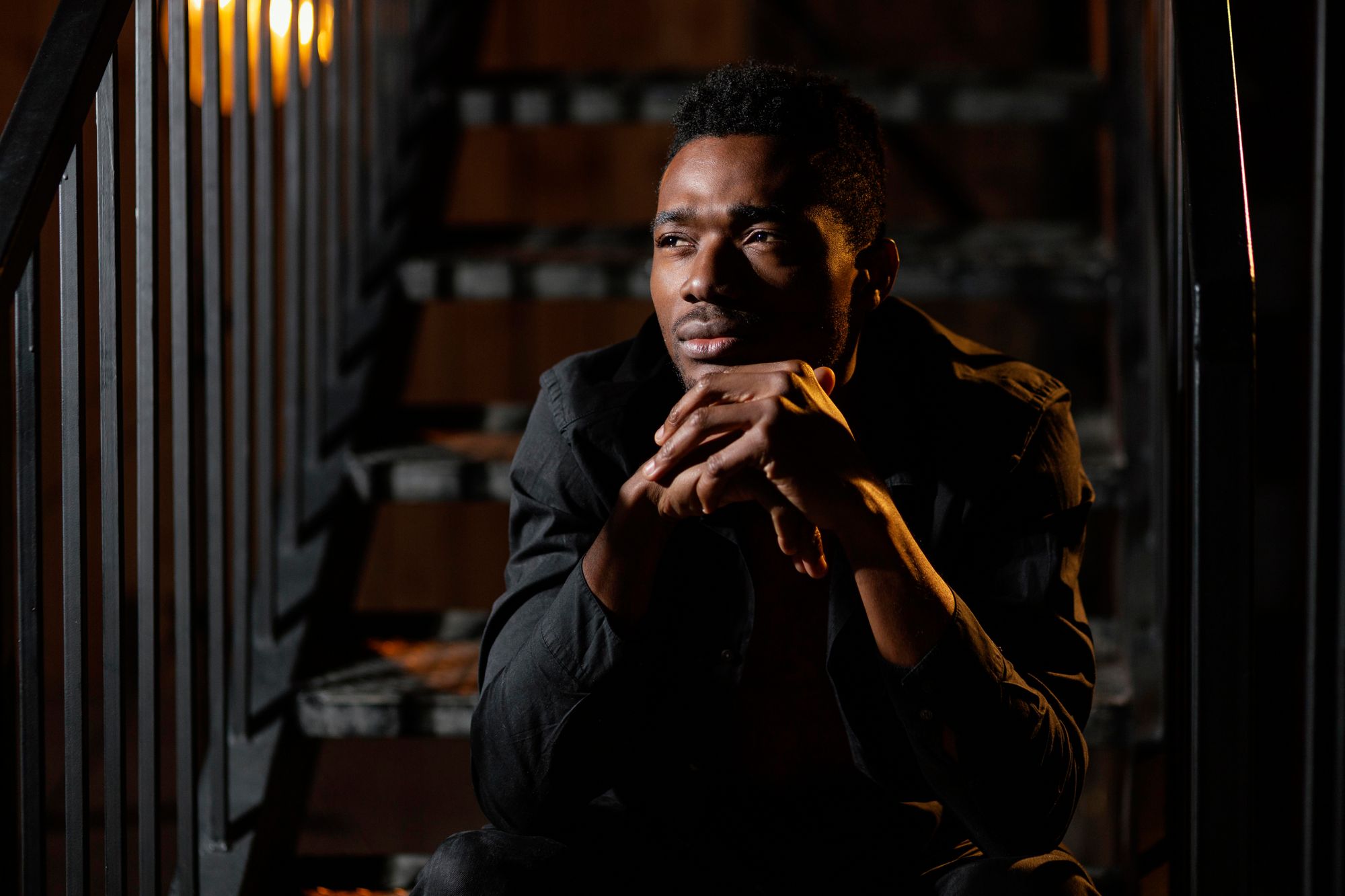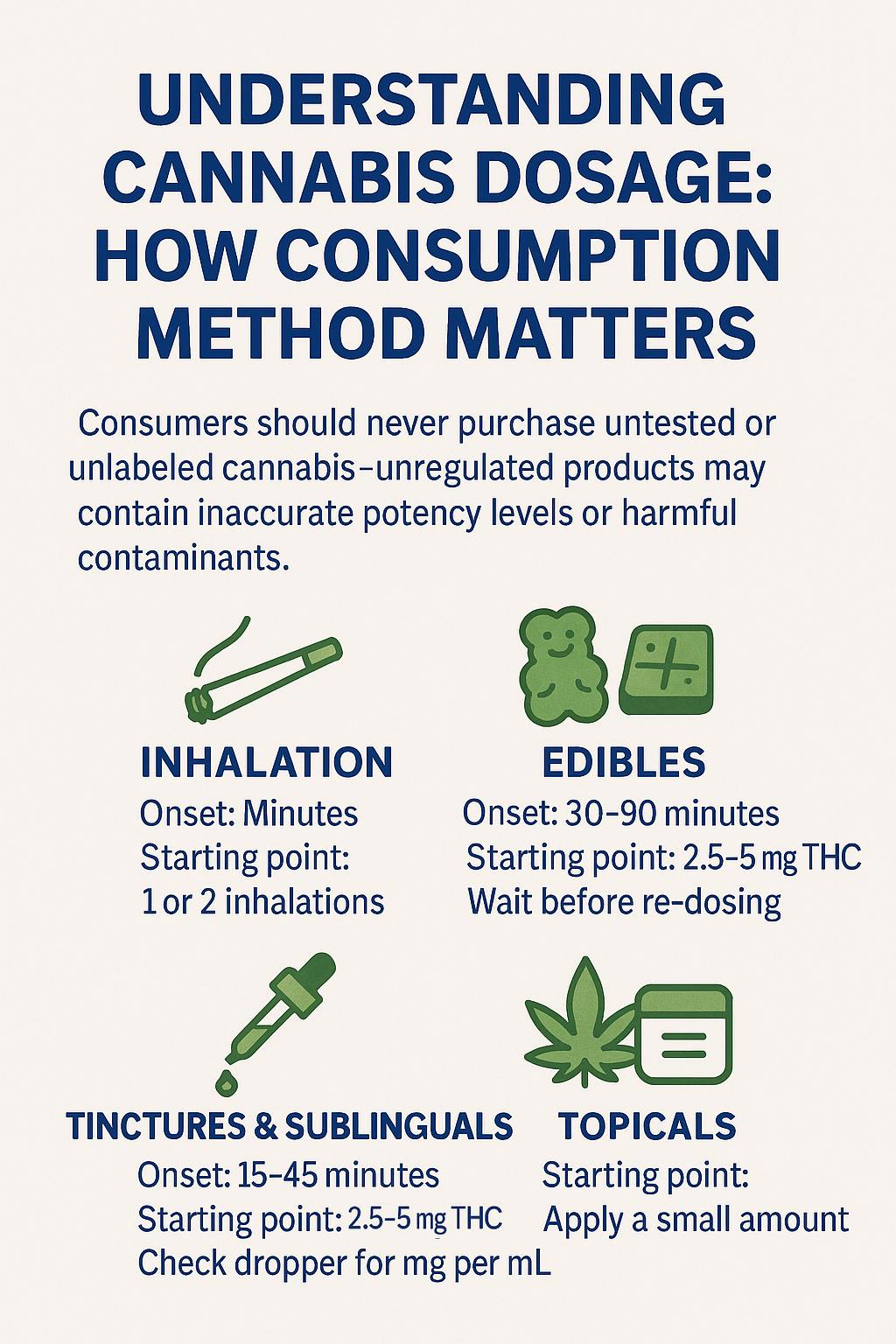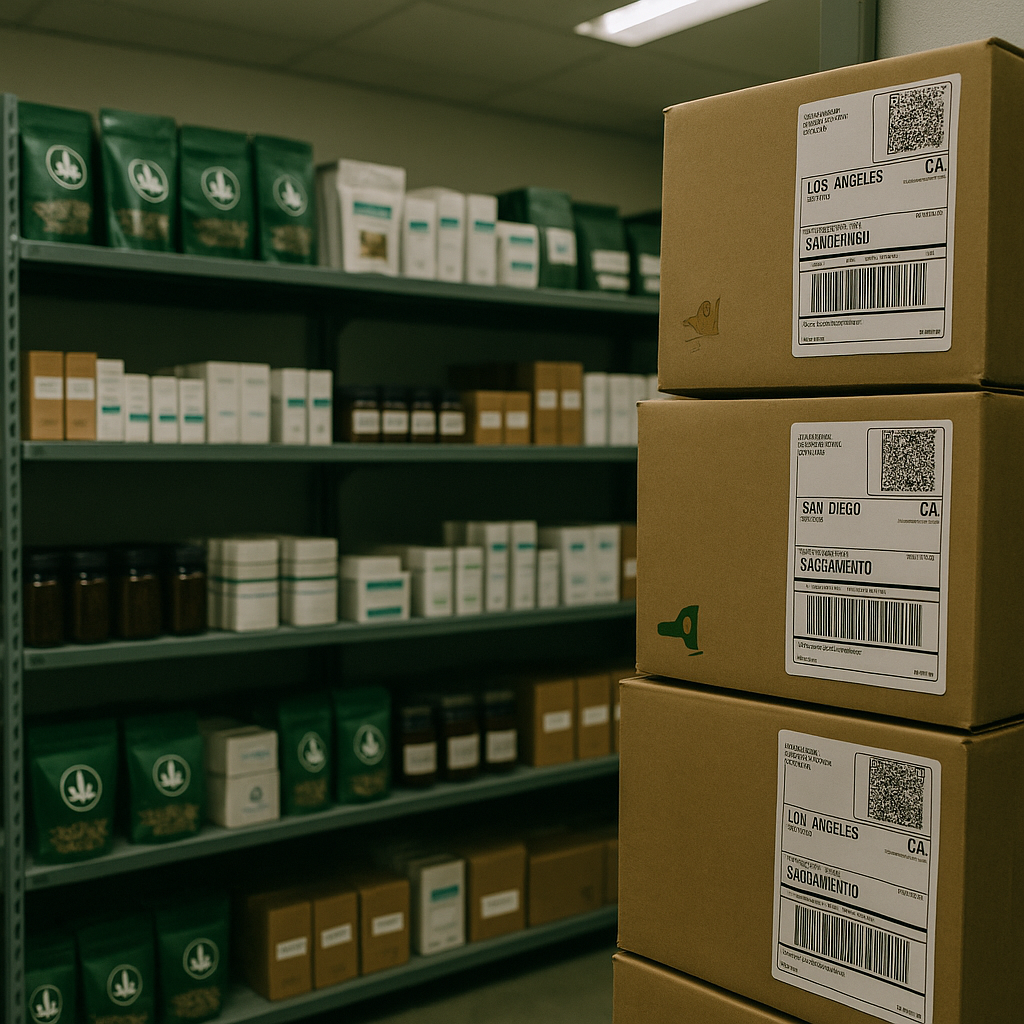Even cannabis legislation like the one in New York State, which sought to prioritize those most impacted by the War on Drugs in the legal market, is struggling to achieve its goals.
While you may have heard the statistic that black people are 3.64 times more likely than white people to be arrested for marijuana possession, despite comparable marijuana use rates, which is often cited to support the legalization of cannabis and the end of prohibition policies, it is also true that the representation of black individuals in the legal cannabis industry is disproportionately lower than that of white individuals.
This has been seen in different U.S. states that have already legalized cannabis, and it is starting to be seen in New York, too.
Although New York regulators are currently entangled in legal disputes over the implementation of the Marijuana Regulation and Taxation Act (MRTA), which legalized adult-use cannabis in the state in March 2021 and aimed to allocate at least half of the licenses to social equity applicants, it appears that the black community and other minorities are experiencing exclusion from this allocation.
According to data obtained by NYSCC, out of 301 adult-use conditional cultivators (AUCC), only four are black. Among the 40 adult-use conditional processors (AUCP), there are no Black individuals. In the case of 15 labs, only one is managed by a Black woman, while the number of Black individuals involved in the 463 adult-use conditional retailer dispensaries is uncertain.
The numbers tell a different story from the MRTA's narrative of providing support to individuals who were adversely affected by the cannabis prohibition in the state before legalization.
Indeed, before legalization, the police mostly arrested Black and Hispanic New Yorkers in 2020.
Let's take New York City as an example to explain the racial disparity of cannabis possession arrests.
People of color accounted for over 94% of the arrests: approximately 57% of those arrested for cannabis were Black, and 35.6% were Latino, amid a city's population of about 24% Black and 29% Hispanic.
Therefore, the prohibition policy has disproportionately harmed the Black community compared to others. However, New York regulators seem to not effectively address this disproportionality by issuing more conditional licenses to Black individuals, according to the figures viewed by NYSCC.
The main issue appears to revolve around the definition of social equity applicants. This category includes individuals who have resided in communities disproportionately affected by the War on Drugs and are part of underrepresented groups, such as minority and women-owned businesses, distressed farmers, and service-disabled veteran-owned businesses.
Hence, the overarching category of social equity applicants may not be advantageous for Black and Hispanic individuals who were predominantly targeted during the prohibition era and repressive policies in New York.
Black and Brown individuals are included within the definition of social, economic, and equity applicants, specifically as part of the minority group, which also includes Hispanics, Native Americans, and Asians. However, it remains unclear whether cannabis regulators distribute conditional licenses based on ethnicity or race. Moreover, both initial conditional cultivator and processor licensees were already involved in the hemp industry, making them ineligible as proper social equity applicants. The choice to include them was made to expedite the establishment of the adult-use cannabis supply chain to facilitate the launch of the legal market.
Regarding retail dispensaries, the situation differs as cannabis regulators introduced the Conditional Adult-Use Retail Dispensary (CAURD) program in 2022. This program aims to grant retail licenses to social equity applicants who were directly or indirectly affected by prohibition policies and have operated a business with net assets or profits for at least two years. This requirement may have also posed a barrier for some Black individuals seeking entry into the legal market.
While the reason behind issuing conditional licenses for the entire cannabis supply chain was to expedite the establishment of the legal market by involving operators already engaged in the industry, this premise has been undermined by the proliferation of unlicensed dispensaries throughout the states, which regulators are now struggling to shut them down.
The underrepresentation of Black individuals in New York's current cannabis landscape is indicative of a broader issue within the national cannabis industry. Despite comprising 13% of the total population, Black entrepreneurs make up less than 2% of business owners in the industry, as reported in Leafly's Jobs Report 2021. This trend is starting to become evident even in U.S. states with progressive cannabis legislation, such as New York.

Dario Sabaghi
Dario Sabaghi is a freelance journalist with an interest in cannabis, providing in-depth analysis and feature stories to help readers understand the industry.




Related News
From Compton to the Capitol: Cultural Legitimacy, Regulation, and the Performance of Equity in the Cannabis Era
Oct 22, 2025
Tiffany Walters Joins the Green Standard Alliance Board: Strengthening Cannabis Consumer Advocacy in New York
Sep 26, 2025
Dawson's Departure: Turbulence and Transition at Cannabis NYC
May 09, 2025